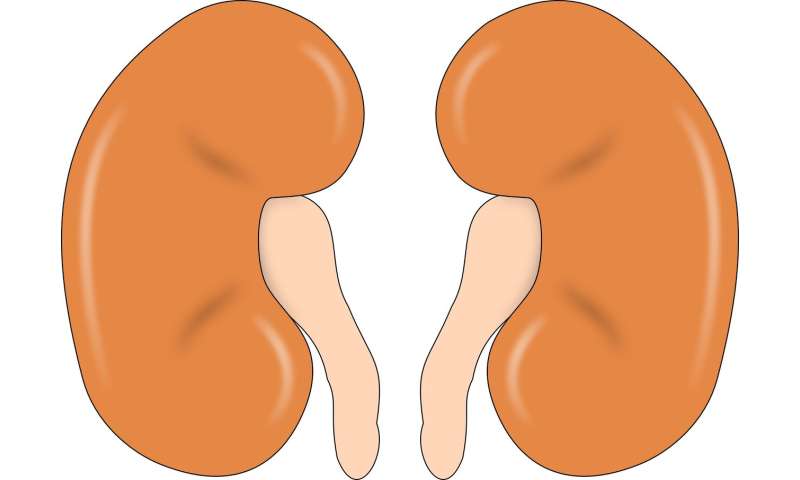Depression screening tools in patients with kidney failure

A recent analysis examines research on the use of depression screening tools in patients with kidney failure. The results appear in an upcoming issue of CJASN.
People with kidney failure experience depression at rates higher than the general population. Medicare requires routine depression screening for patients with kidney failure, but no clear guidance on which methods to use.
Karli Kondo, Ph.D. (VA Portland Health Care System and Oregon Health & Science University) and her colleagues conducted a review to identify depression screening tools that are appropriate for patients with kidney failure, and to better understand the impact of depression screening in this population.
The investigators identified 16 relevant studies that evaluated the performance characteristics of depression assessment tools for patients with kidney failure. A tool called the Beck Depression Inventory II (BDI-II) was by far the most extensively studied, with 9 studies examining its performance. Other tools included the Cognitive Depression Index (CDI), the Center for Epidemiologic Studies—Depression Scale (CES-D), the Hospital Anxiety and Depression Scale—Depressive Subscale (HADS-D), the Geriatric Depression Scale-15 (GDS-15), the Hamilton Depression Rating Scale (Ham-D), the Patient Health Questionnaire 2 (PHQ-2), PHQ-9, and others.
“Our hope was that we’d find evidence that pointed to an optimal screening tool. This was optimistic of course, for if there was one that had strong evidence, it would already be in use,” said Dr. Kondo. “We also hoped that the we’d find some evidence to support the use of the tools that are common in practice. And we didn’t. The PHQ-2 and -9 are widely used in medical settings and are free. The CES-D is another that is commonly used. We found only one study each of the PHQ-9 and the CES-D, and no studies of the PHQ-2.”
Dr. Kondo noted that many of the studies were conducted overseas, and it’s unclear how applicable they are to patients in the United States. Many of the studies were small, and among the studies examining the same tools, there wasn’t much agreement in the cutoff values chosen to define depression and its severity.
An accompanying editorial notes that there are multiple practical considerations to take into account when considering the best screening tool to identify depression in patients with kidney failure on dialysis.
Source: Read Full Article


